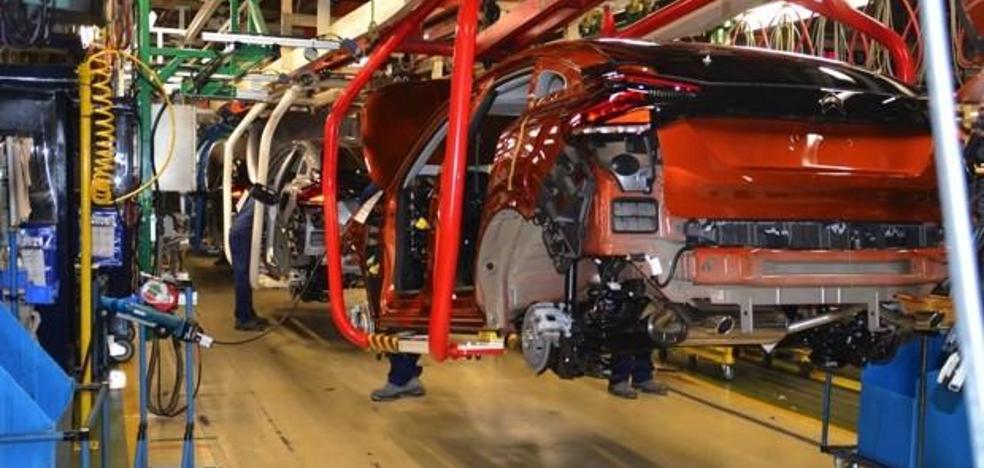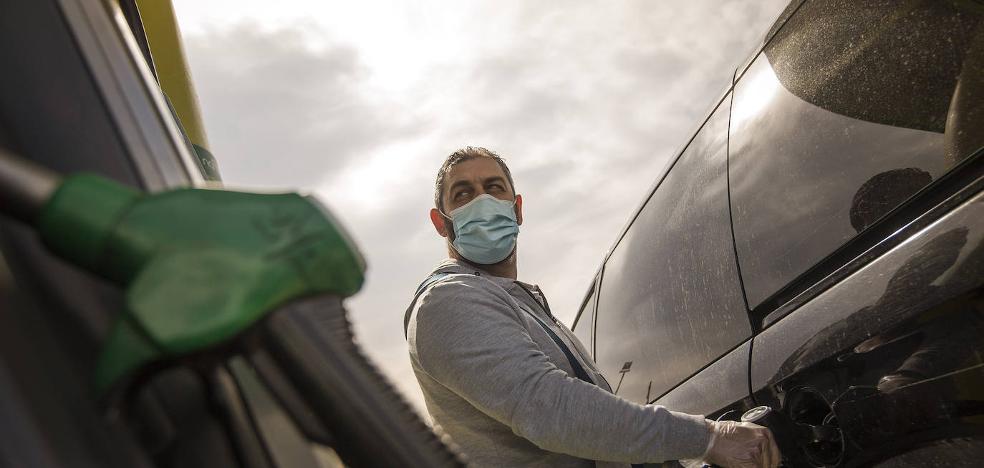The BMW Group uses innovative materials and technological solutions that contribute to improving and making the painting process of vehicles more sustainable and conserving resources.
The BMW Group has taken sustainable measures to:
the entire vehicle life cycleof the factories that work with green energy, through the renewable materials used and then the reuse of all those components that can be given a new life, creating a circular economy of raw materials.
BMW Group, for example, is the first car manufacturer in the world to develop matt paints using biomass instead of crude oil. Some factories such as Leipzig and Rosslyn also use sustainably produced corrosion protection. Renewable raw materials, such as biowaste or waste from sewage treatment plants, serve as starting material for paints. The CO2 savings determined in a TÜV-certified process will amount to more than 15,000 tons of CO2 emissions by 2030.
Currently, factories are allowed to replace oil-derived precursors, such as naphtha, with
renewable raw materials from organic waste, from the early stages of paint production. In this way, not only is the consumption of fossil resources reduced, but also the CO2 emissions associated with the production, transport and processing of crude oil are avoided.
It is estimated that the amount of paint purchased by the BMW Group is exactly equal to the amount of bionaphtha and biomethane that would be required for 100% oil-free production. The sustainable production process reduces CO2 emissions from paint production by more than 40%.
Through sustainable production of resources, sustainable contracts with suppliers and the philosophy of the circular economy, the BMW Group has created efficient production in relation to the reduction of energy, water and materials. Since 2020, all the group’s plants have been using renewable energy from wind energy in Leipzig, such as solar energy in San Luis Potosí, biomass in Steyr or hydropower in Munich.
The use of high voltage batteries and the reduction of aluminum and steel in collaboration with suppliers has contributed to a significant reduction in CO2 emissions per vehicle. From 2016 to 2019, energy consumption per vehicle has been reduced by 26%, generating great energy efficiency over time. In addition, 2019 was the starting point for the goals set for 2025 and 2030.
Source: La Verdad
I am Ida Scott, a journalist and content author with a passion for uncovering the truth. I have been writing professionally for Today Times Live since 2020 and specialize in political news. My career began when I was just 17; I had already developed a knack for research and an eye for detail which made me stand out from my peers.



